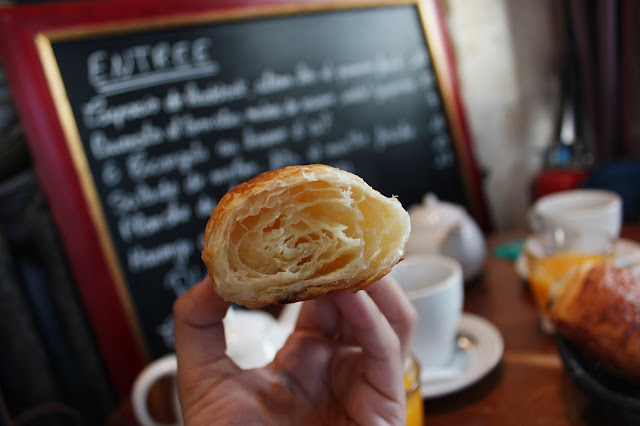Three-Day Commercial Portraiture Course by CreativeLIVE and Joey L. (Day 3)
Yesterday was day 3 of the Joey L. CreativeLIVE workshop in Seattle. Read my recap of today's topics below!
Day 3 Recap:
Today's workshop focused on retouching, post-production, file storage, and shooting (more models). Joey talked about how he does a lot of the lighting in-camera so there isn't too much to do in post, but he still sends his work out to a retoucher. He used to do it himself (being a self-proclaimed control-freak) but there became too much work, so he outsources. Generally, he uses Capture 1 for on-set and post-production image processing, but he will use Photomechanic for multi-day shoots, since Photomechanic is easier to manage that amount of images. He also swears by Capture 1's skin tone output, saying it has the truest color and sharpness. Here are some snippets from Joey's commentary while going through an image edit (see screenshots below):
- Hardware of choice: iMac or Cintiq tablet with a stylus
- Always adjust the exposure, white balance, and sharpness on the RAW file conversion software before you do anything else
- One way to adjust the colors is to use channel mixer and adjust each Red, Green, and Blue separately
- Sharpen the high res file, and if you need to resize the image, resize it first, and then sharpen. Sharpening before resizing degrades the quality of the image.
- Too much sharpening looks "chunky" and cheap. Don't go overboard.
- Export to Photoshop as a .TIFF, at the highest bit-depth possible (most amount of info stored in highlights and in the shadows), and color-managed as Adobe RGB 1998 (more info than Adobe sRGB) - **When you save for web after the edit, save as sRGB**
- He organizes his files into 5 folders per shoot to separate originals from final edits, etc.
- When sharing final edits with a client, he uses Dropbox or the shared FTP server
Joey then talked about backing up his files:
- Used to use a Drobo, but he does NOT recommend it to anyone, saying it is AWFUL and would make a great footstool in your house because it is useless after how many times it crashes.
- He uses a backup system mimicking Tyler Ginter of Variable (production company) by using toaster drives (see below) and using a program called Chronosync to connect the computer with the drive that's currently plugged in. Joey uses a disc catalog to log and manage where all of his files are located, especially since they span multiple external drives. By using this type of system rather than the Drobo drive-cloning, it is a LOT easier to recover files in the event of a single hard drive crash.
- Joey says he will never delete any of his files since you never know when you may need one... And also because storage space is so cheap nowadays.
- Begin with making two adjustment layers - one for COLOR and one for CONTRAST. This way, you can always make individual changes to each layer, even if you reopen a file at a later date.
- Adjust the contrast layer and then the color layer by adjusting each color separately.
- He likes to desaturate his images a little so he does that by using the channel mixer. His favorite combination: 80% blue 20% green
- When saving for web, save 8-bit and change to sRGB.
- Instead of saving "bicubic automatic," which automatically sharpens the image when it gets resized for web, use "bicubic smoother," which doesn't sharpen the image any more than you already have.
- Another way to sharpen: make a copy of the background (main) layer, sharpen it to the desired level, and mask away the area you don't want sharp.
He then set up a shoot during which he would simulate an Arctic tundra and shoot a portrait of an explorer. Backdrop recommendations: Schmidli or Broderson. You can see his lighting setup below, and he also had someone operating the faux snow machine, which expelled soapy foam that looked like real snow. He was shooting with a Mamiya 645 medium format camera with a Phase One digital back and an 80mm lens. He had the model do a variety of poses and facial expressions.
In summary, this course was a tremendous experience, and I'm so glad I got to watch/listen to approximately 15 hours of the 21 total hours over the three days. I learned even more about the additive lighting techniques and file storage, both of which I look forward to implement in the near future.










.jpg&container=blogger&gadget=a&rewriteMime=image%2F*)
Comments